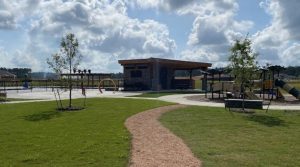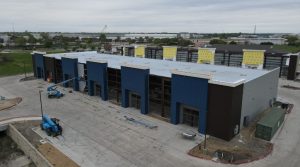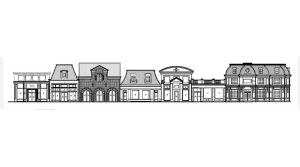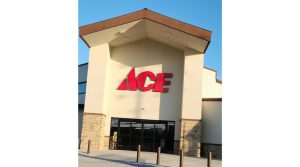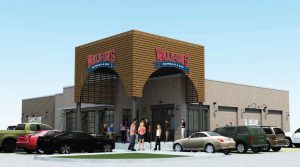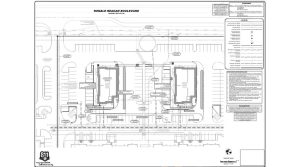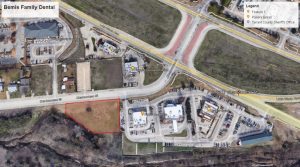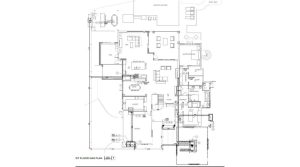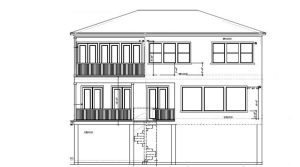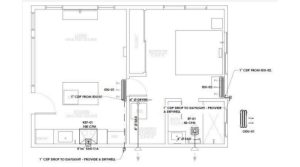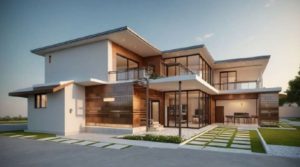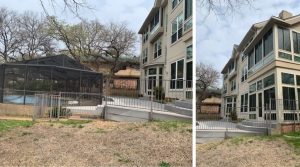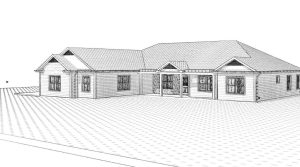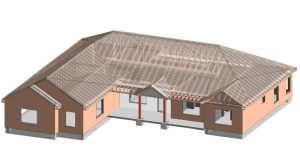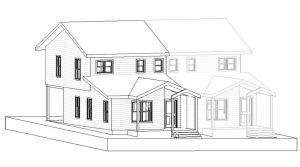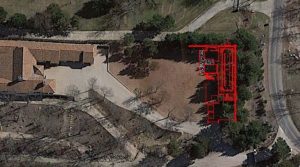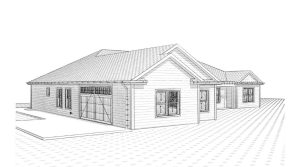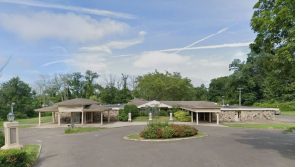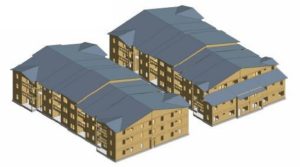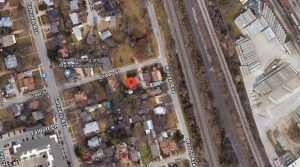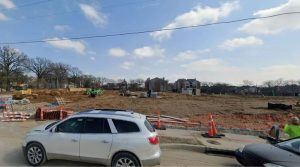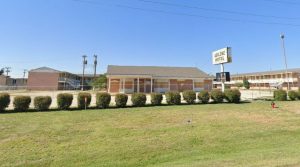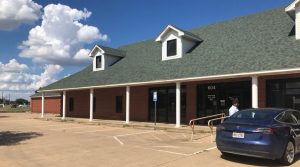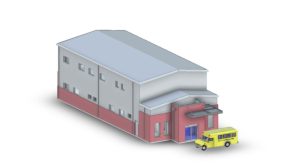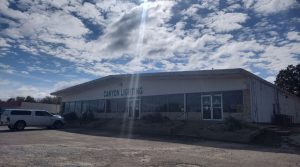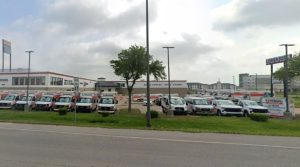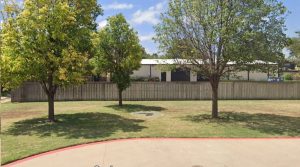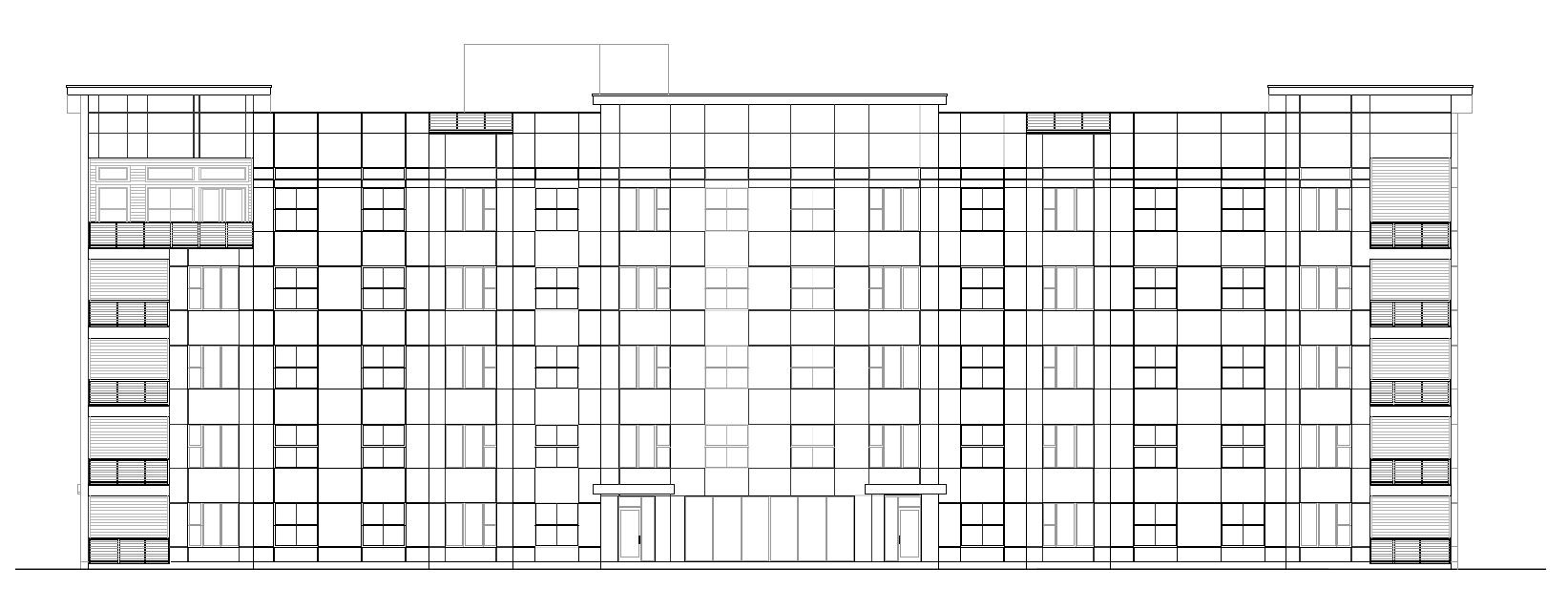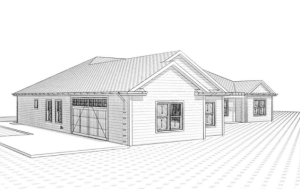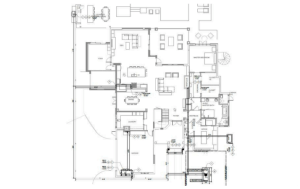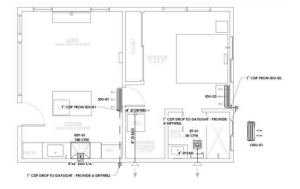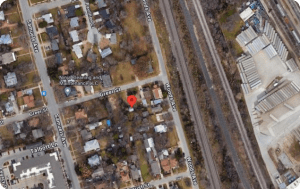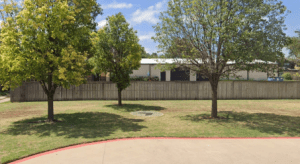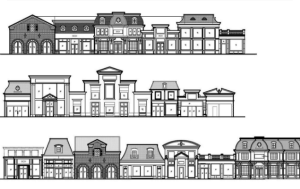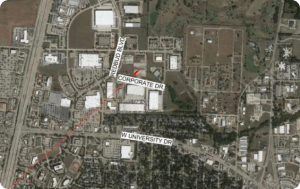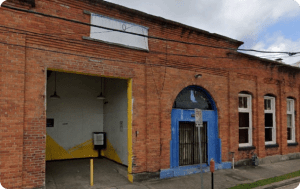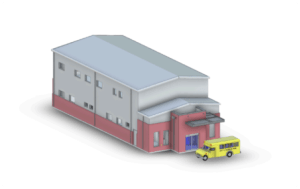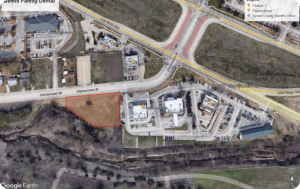Top Engineering Considerations for MEP Systems in Multi-Story Buildings
Introduction
As buildings continue to grow taller and more complex, designing effective mechanical, electrical, and plumbing (MEP) systems becomes increasingly challenging. Multi‑story structures rely on these systems for functionality, comfort, safety, and efficiency. From HVAC distribution to electrical reliability and plumbing pressure management, MEP systems in buildings form the backbone of modern high‑rise performance.
For engineers, architects, and developers, understanding the unique demands of MEP design services in multi‑story buildings is essential. This blog explores the top engineering considerations to ensure your project’s MEP systems deliver safety, efficiency, and long‑term resilience.
1. Space Planning and Coordination
In multi‑story buildings, space is at a premium. Efficient routing of ducts, pipes, and conduits is critical to avoid clashes and maximize usable area.
- Centralized MEP zones streamline vertical and horizontal distribution.
- Building Information Modeling (BIM) helps coordinate between structural, architectural, and MEP elements.
- Modular prefabrication allows components to be installed faster with fewer errors.
Poor coordination at the design stage often leads to costly rework during construction, making early planning indispensable.
2. HVAC Design and Thermal Comfort
Heating, ventilation, and air conditioning (HVAC) systems are among the most complex components of MEP systems in buildings. In high‑rises, engineers must address airflow, pressure differences, and energy efficiency.
- Zoning strategies ensure comfort across different floors with varying occupancy and solar exposure.
- Variable Air Volume (VAV) systems optimize airflow and energy use.
- Stack effect mitigation is critical, as vertical air movement can disrupt pressure balance in tall buildings.
- Sustainability measures like heat recovery, demand-controlled ventilation, and high‑performance insulation reduce energy costs.
A well‑designed HVAC system balances comfort, efficiency, and reliability in multi‑story structures.
3. Electrical Load and Power Distribution
Electrical systems in multi‑story buildings must support elevators, lighting, HVAC, and tenant equipment without disruption.
- Load forecasting ensures transformers, switchgear, and risers meet current and future demands.
- Redundancy and backup power (generators, UPS systems) guarantee reliability in case of outages.
- Vertical power distribution requires careful riser placement to reduce voltage drop.
- Smart building systems enhance monitoring, energy tracking, and demand management.
Reliability is paramount — even a brief power failure can compromise safety and operations in a high‑rise.
4. Plumbing and Water Pressure Management
Delivering water and removing waste in a tall building presents unique challenges.
- Pressure zoning with booster pumps and pressure reducing valves ensures consistent water delivery across all floors.
- Gravity drainage design must account for long vertical stacks and venting requirements.
- Greywater and rainwater recycling improve sustainability.
- Pipe material selection affects durability, corrosion resistance, and water quality.
Without precise hydraulic calculations, upper floors may face low water pressure while lower floors risk over‑pressurization.
5. Fire Protection and Life Safety
Safety is a top priority in MEP design services. Multi‑story buildings must meet stringent fire codes and life safety standards.
- Automatic sprinkler systems are essential for suppression.
- Smoke management systems (pressurized stairwells, smoke exhaust fans) protect occupants during evacuation.
- Emergency lighting and alarms ensure safe egress.
- Integration with structural design prevents service penetrations from compromising fire resistance.
MEP engineers must collaborate closely with fire safety specialists to ensure compliance and occupant protection.
6. Vertical Transportation and Elevator Systems
High‑rise buildings depend heavily on elevators for accessibility and functionality.
- Electrical integration ensures elevators receive consistent, reliable power.
- Machine room vs. machine‑room‑less (MRL) systems affect space requirements.
- Smart controls optimize elevator dispatch to minimize wait times and energy use.
- Coordination with HVAC systems ensures shafts don’t disrupt pressure balance.
Elevators are not standalone systems — they must be fully integrated with MEP design for safe, efficient operation.
7. Sustainability and Energy Efficiency
Green design is no longer optional — it’s expected. MEP systems in buildings must meet sustainability goals while reducing operational costs.
- High‑efficiency HVAC and lighting cut energy demand.
- Renewable integration (solar panels, geothermal systems) reduces reliance on grid power.
- Water conservation systems support LEED and WELL certification.
- Smart building automation provides real‑time control and performance monitoring.
Sustainability is both a design challenge and an opportunity for long‑term savings.
8. Noise and Vibration Control
Mechanical equipment and plumbing systems can create noise and vibration that travel through building structures.
- Acoustic insulation around ducts and pipes reduces disturbance.
- Vibration isolation mounts protect sensitive areas like offices or residential units.
- Equipment placement in mechanical rooms and rooftops must consider occupant comfort.
Addressing these issues at the design stage avoids costly tenant complaints and retrofits.
9. Code Compliance and Local Regulations
Every jurisdiction has specific building codes governing MEP systems. Engineers must account for:
- Energy codes (ASHRAE, IECC) for HVAC and lighting.
- Plumbing and fire codes for water supply, drainage, and fire suppression.
- Electrical safety standards (NEC, IEC) for wiring and distribution.
- Local amendments that may add stricter requirements.
Early coordination with authorities prevents delays and ensures regulatory approval.
10. Future-Proofing and Flexibility
Multi‑story buildings often evolve over decades. Flexible MEP systems support future upgrades and tenant changes.
- Extra conduit and riser space allow for new technologies.
- Modular systems simplify replacements and expansions.
- Smart controls adapt to evolving occupancy patterns.
- Lifecycle planning balances first cost with long‑term maintainability.
Future‑proof MEP design saves time and money while keeping buildings competitive.
Conclusion
MEP systems in buildings are far more than background utilities — they are critical lifelines that determine comfort, safety, and efficiency. In multi‑story structures, these systems must overcome challenges in space planning, power distribution, water pressure, fire safety, and sustainability.
By leveraging advanced MEP design services, engineers and builders can ensure that systems are not only code‑compliant and reliable but also efficient, adaptable, and future‑ready.
When executed well, thoughtful MEP design transforms multi‑story buildings into resilient, sustainable, and high‑performance environments — ready to meet the demands of today and tomorrow.
